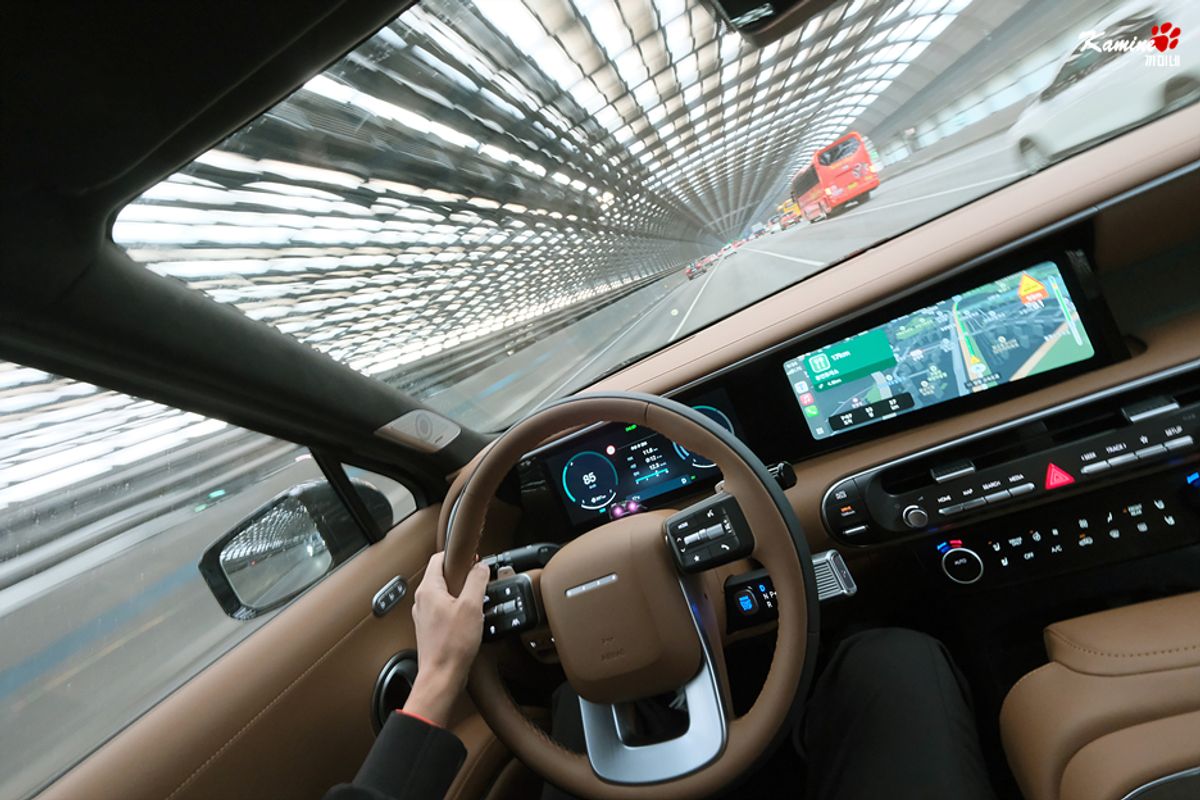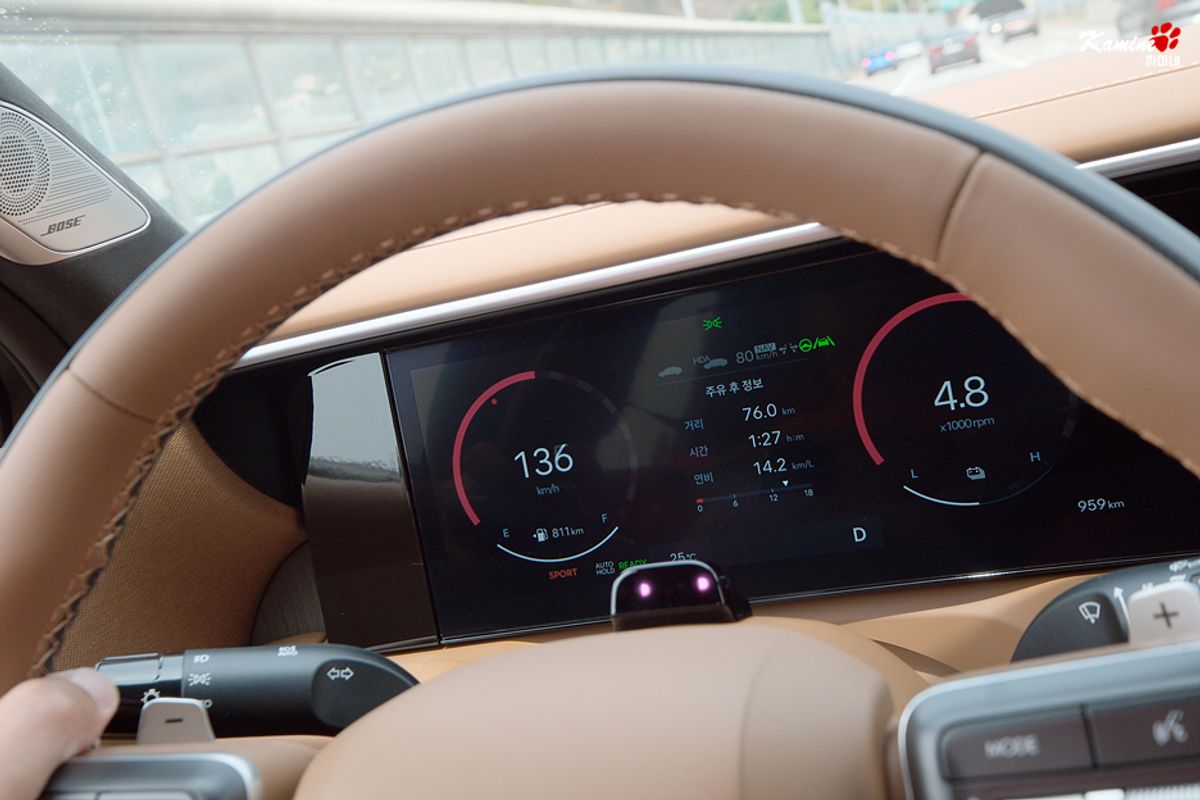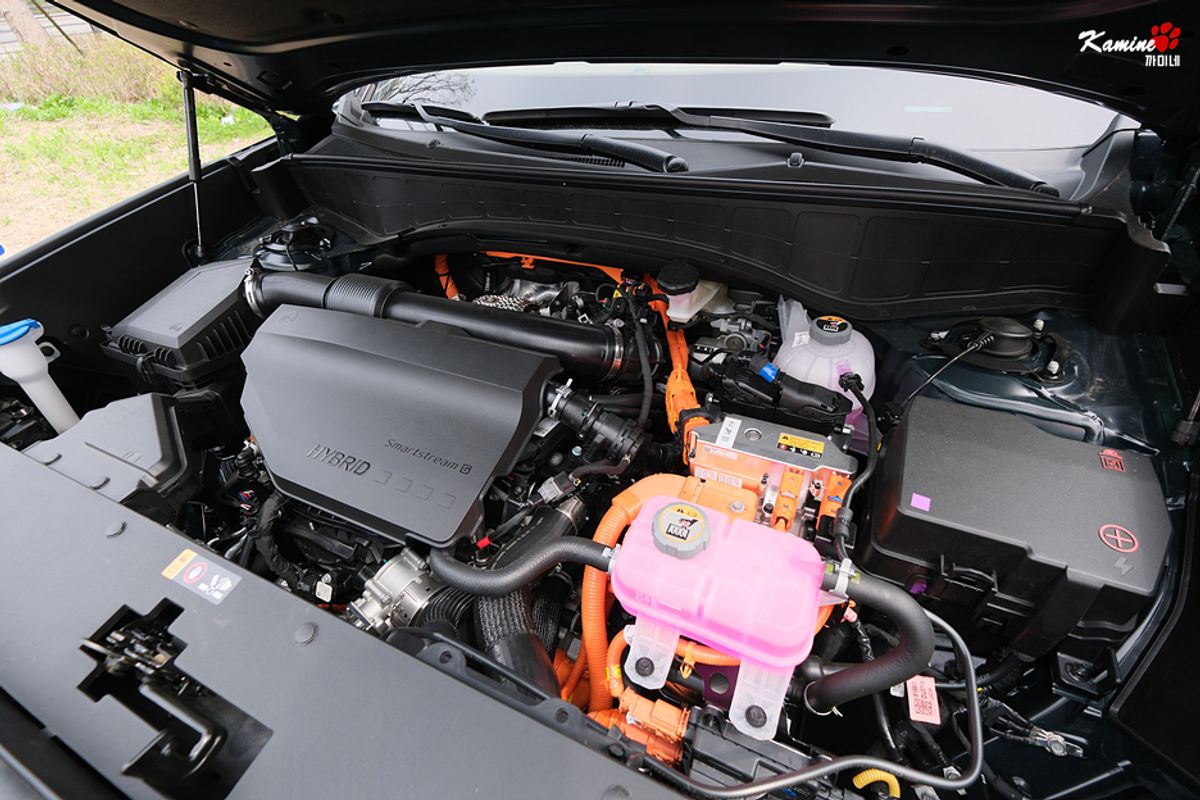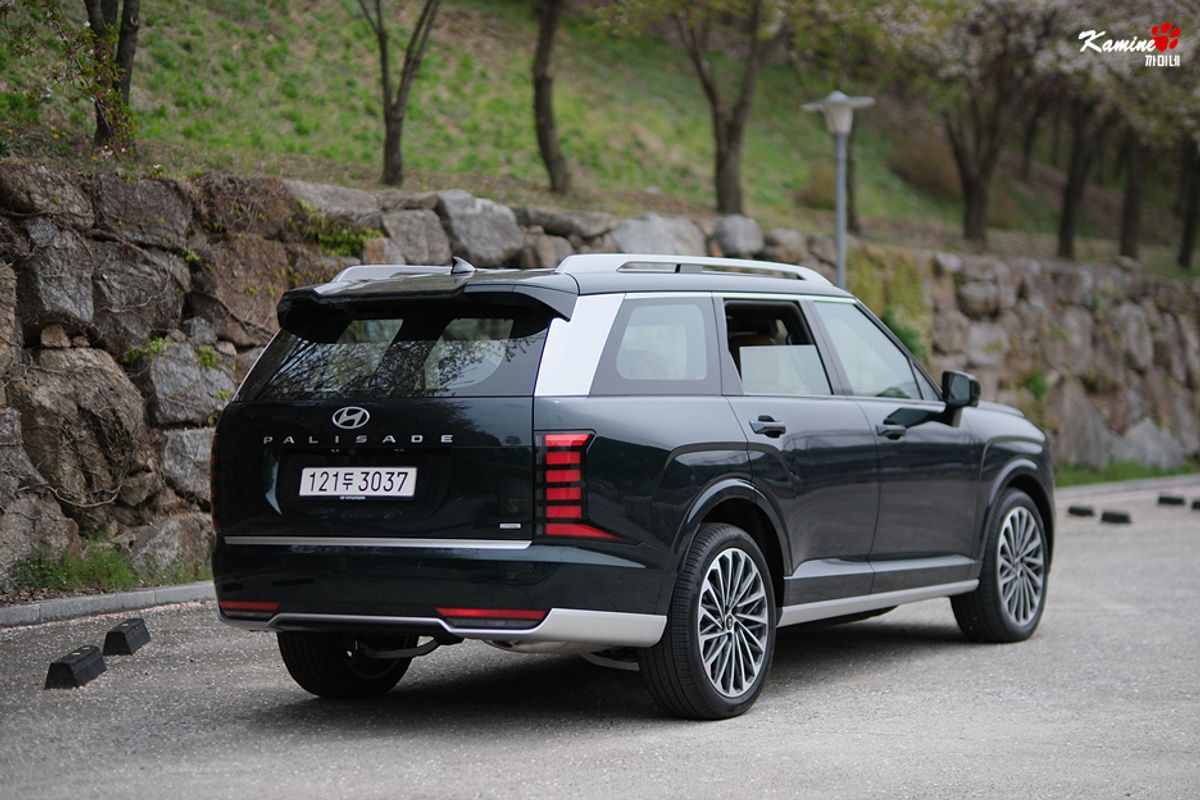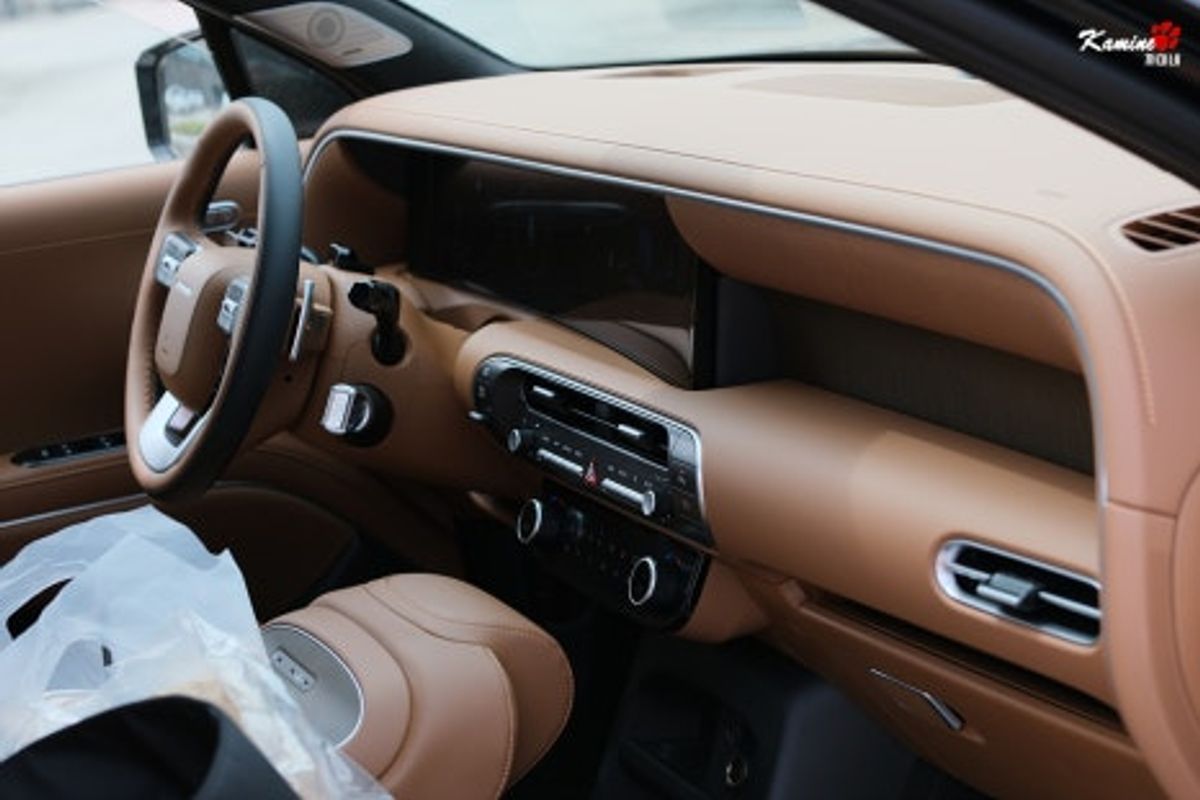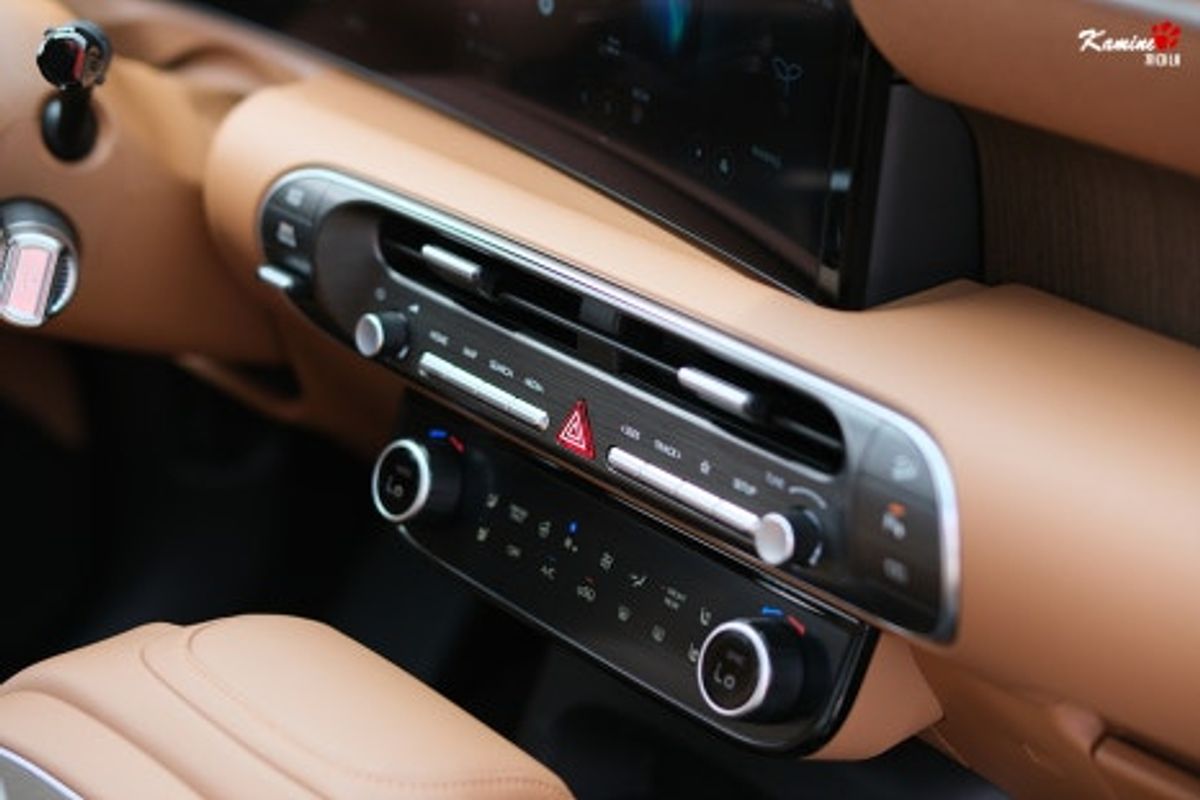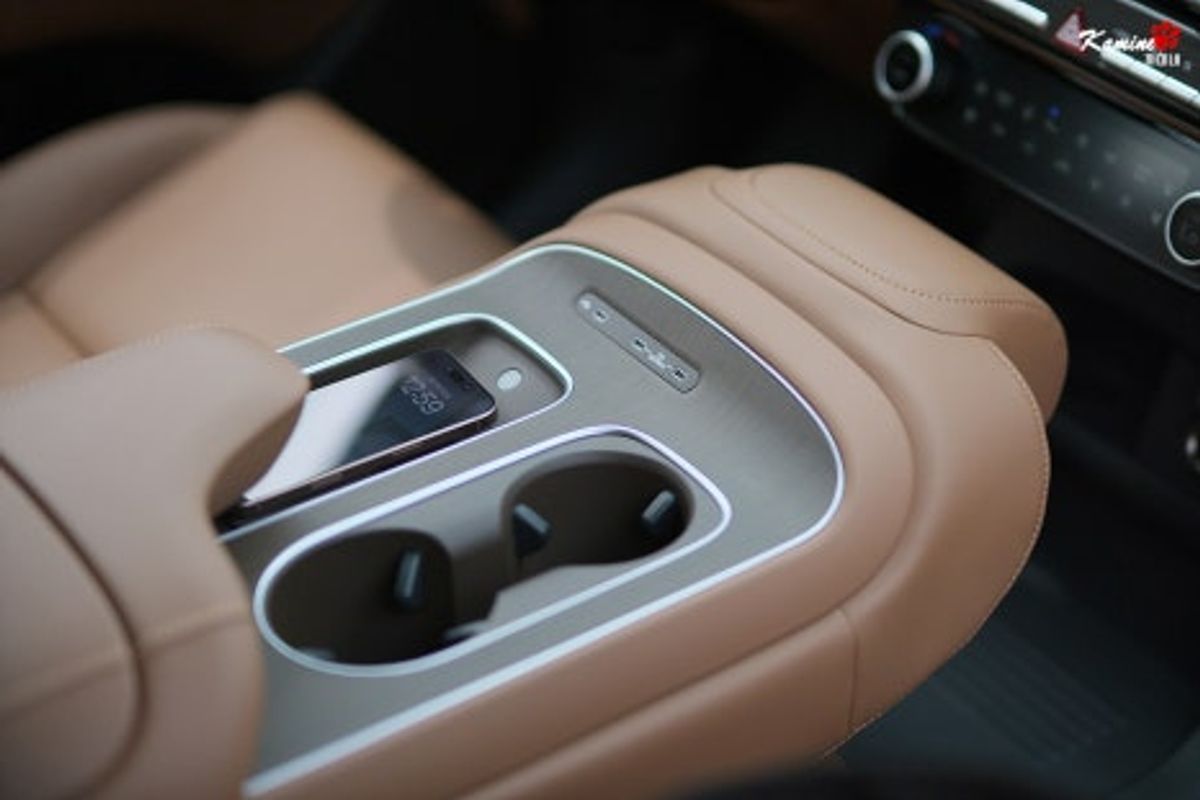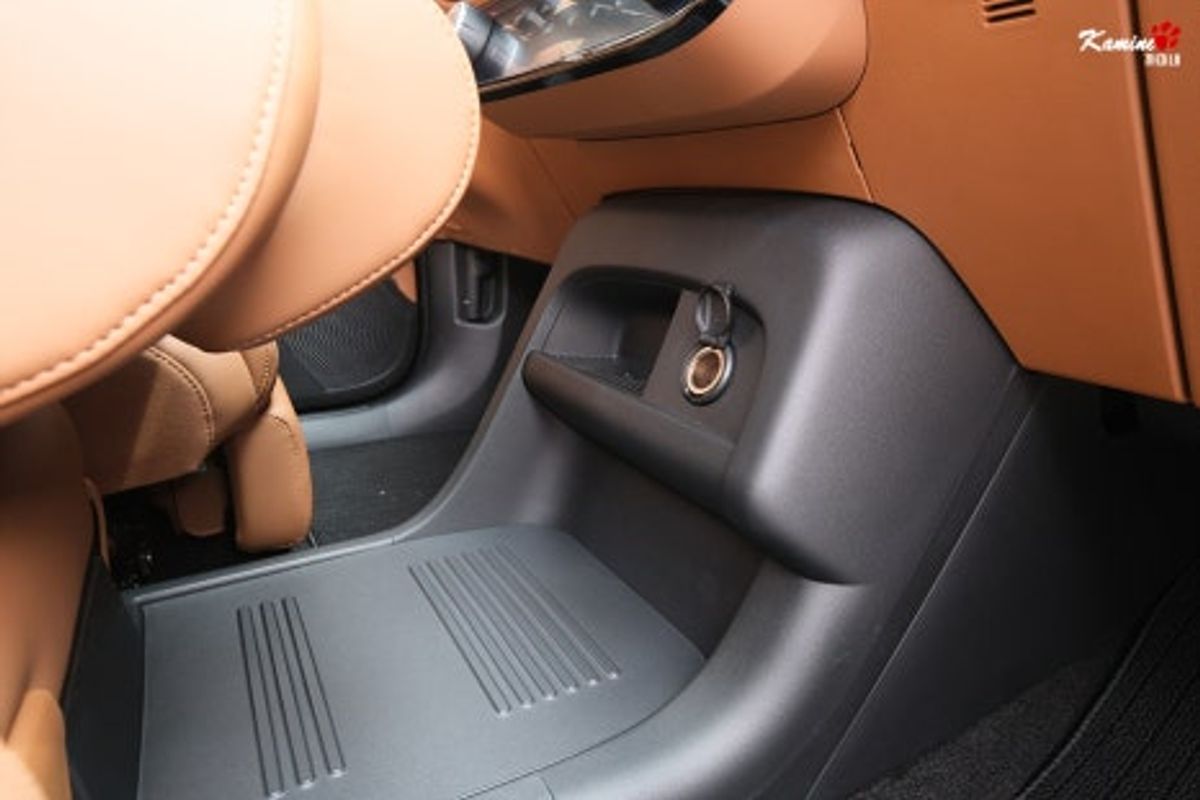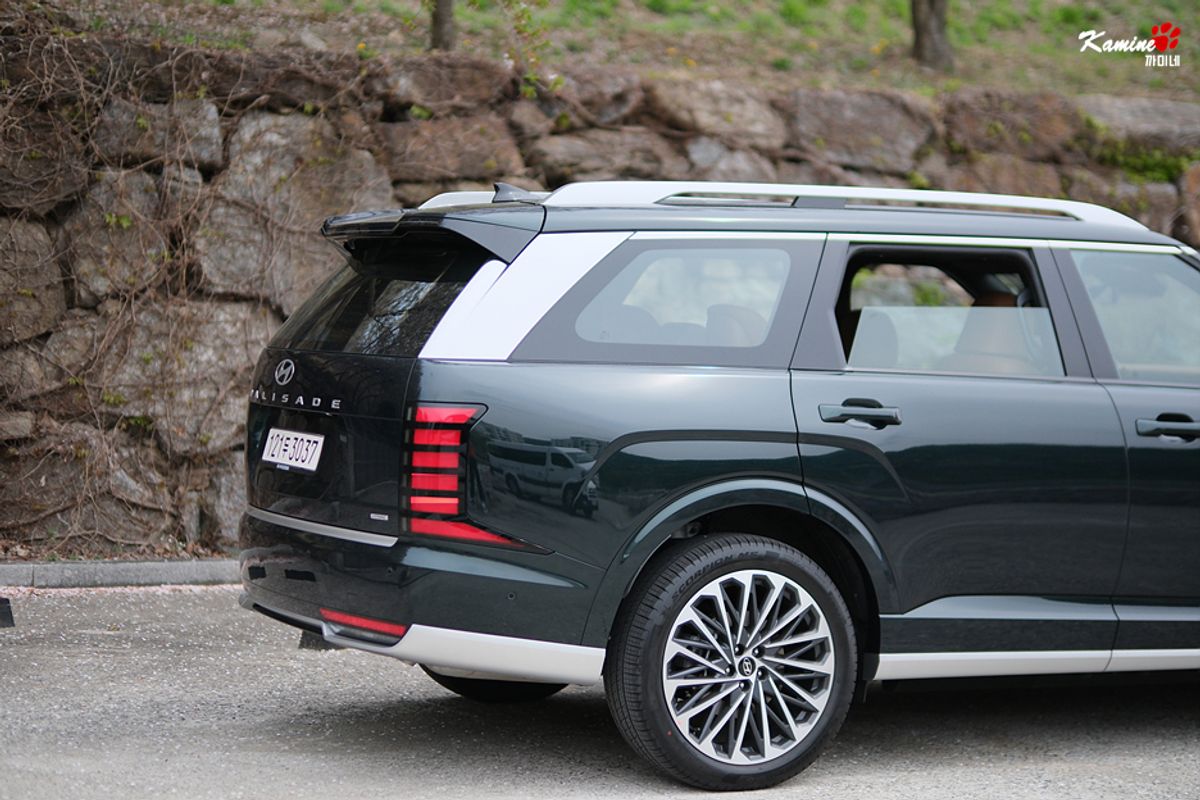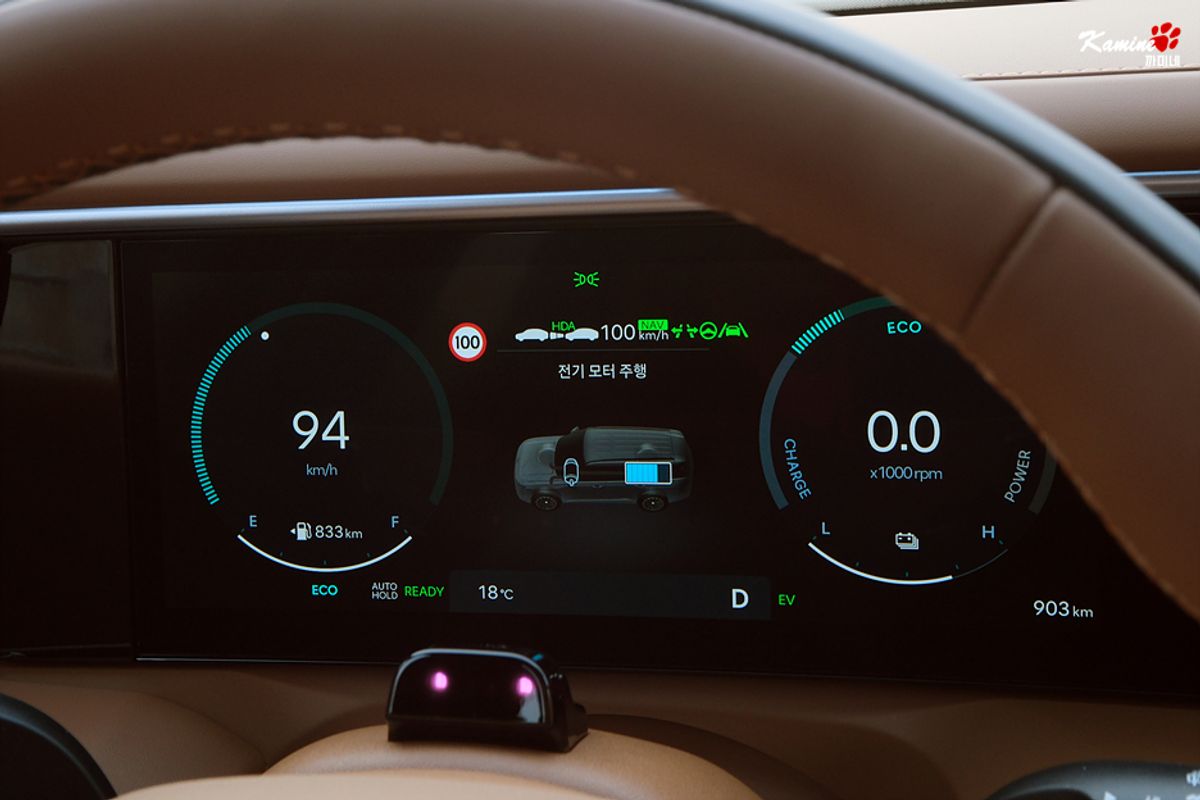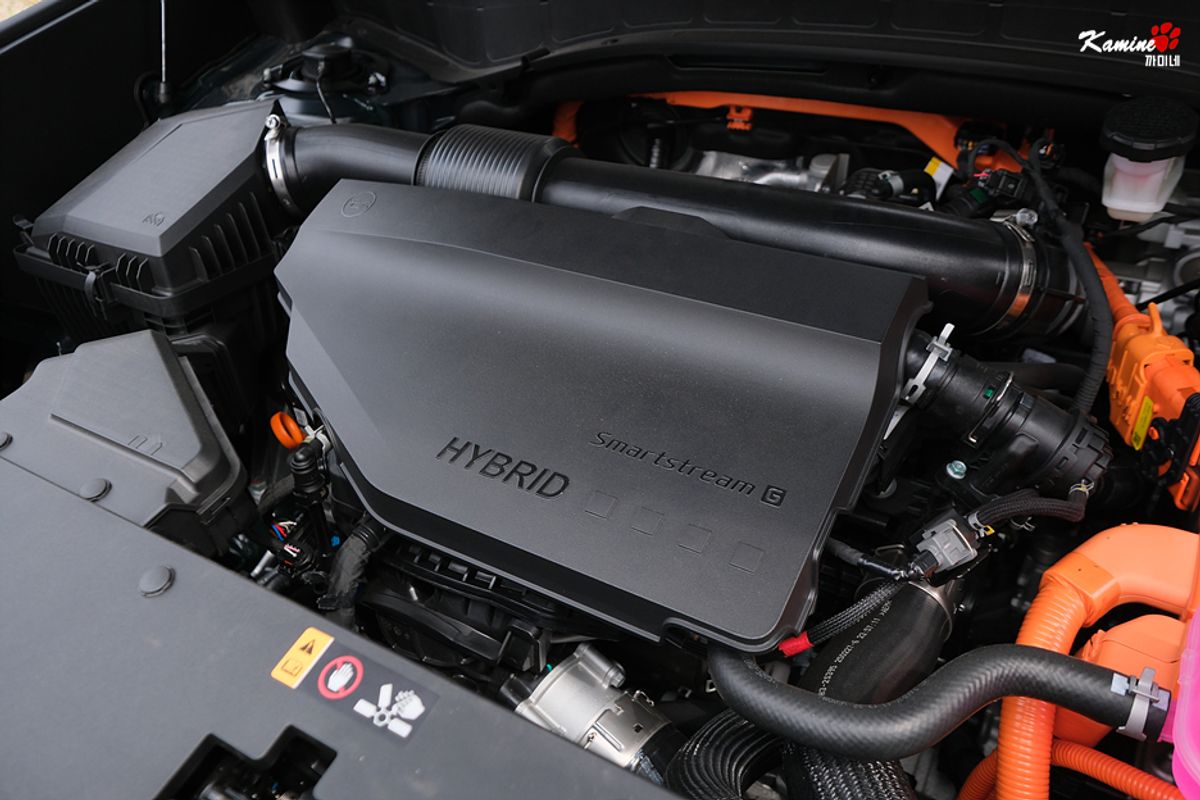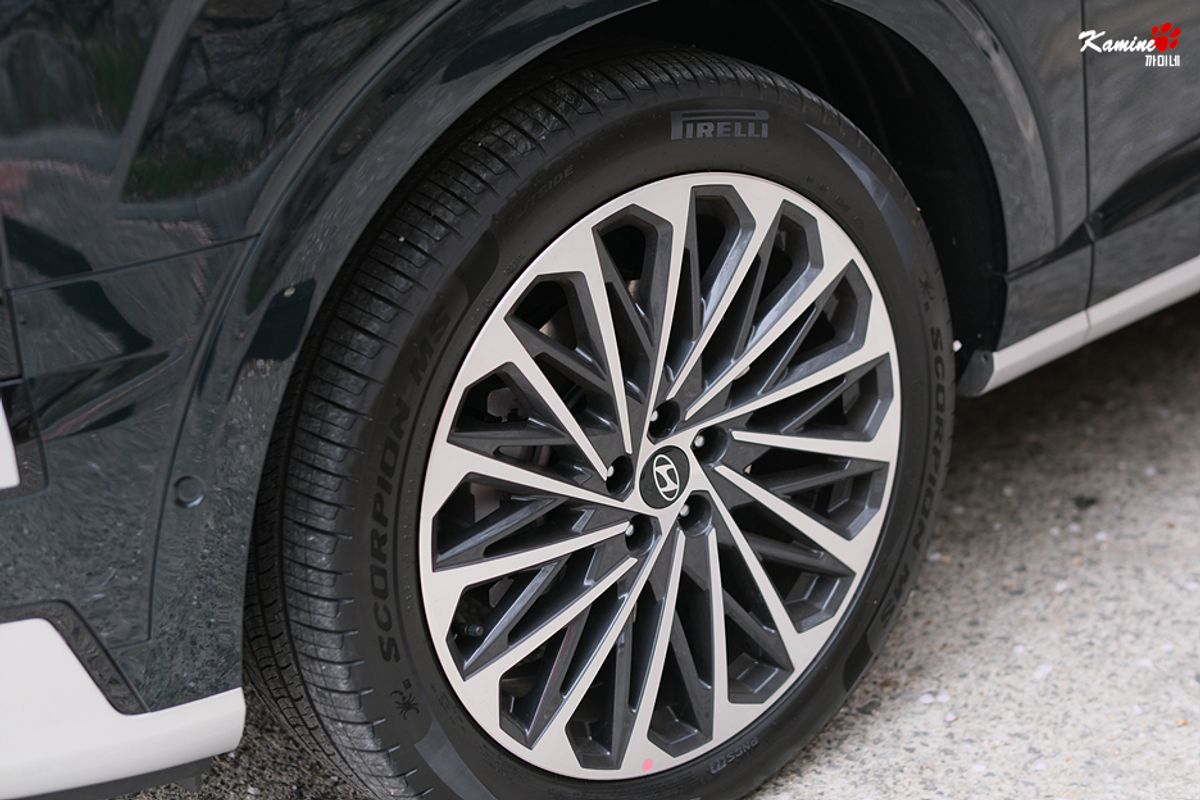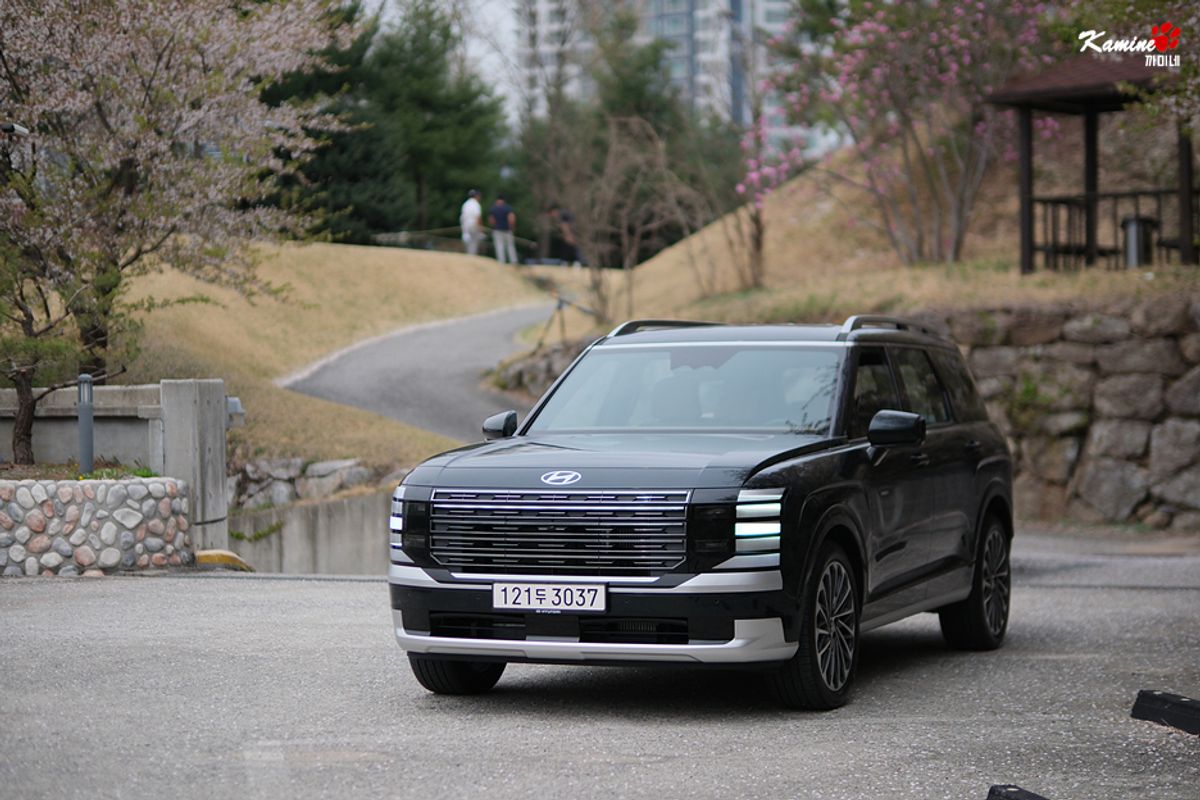This year, interest in the hottest domestic car, the Palisade Hybrid, seems to be higher than ever. Given that it's a hybrid, many people are likely expecting high fuel efficiency. However, achieving nearly 20 km/L (approximately 47 mpg) in a large SUV like the Palisade, which weighs over 2 tons, is essentially impossible.
Considering that the fuel efficiency of the internal combustion model with a 2.5-liter gasoline turbo engine is around 9 km/L (approximately 21 mpg), raising it by 3 to 4 km/L (about 7 to 9 mpg) is a significant improvement for a hybrid. Nonetheless, many people still express disappointment regarding fuel efficiency.
I want to discuss something different. The 1.6-liter turbo hybrid system applied to the Santa Fe, Sorento, and Carnival hybrids also offers impressive fuel efficiency, but the output is insufficient for their size, leading to noticeable performance issues at high speeds.
In contrast, the new 2.5-liter turbo hybrid system in the Palisade incorporates two electric motors, creating the next-generation "TMED-II" system. This enhancement allows the system to deliver performance similar to that of a 6-cylinder turbo engine, despite being a 4-cylinder gasoline model.
Ideally, incorporating a hybrid system with a 6-cylinder turbo engine would have been even better. However, artificially increasing the displacement while relying on a hybrid system for fuel efficiency serves little purpose. In practice, experiencing the Palisade Hybrid reveals that its combined output of 334 horsepower, including electric motor contributions, is more than adequate for controlling the Palisade's body.
Those who have driven smaller vehicles with low displacement know that insufficient output leads to increased accelerator use, which can actually worsen fuel efficiency. A larger displacement doesn’t necessarily mean worse fuel efficiency.
In the same context, when comparing two trims within the same mid-size car powertrain, one with a 2.0-liter engine and another with a 3.0-liter engine, the real-world fuel efficiency often shows that the 2.0-liter performs worse due to insufficient output. Increased accelerator use leads to higher fuel consumption.
Therefore, the Palisade's 2.5-liter turbo hybrid system, which provides ample output from the start and sufficient performance at high speeds without needing to press the accelerator deeply, naturally boasts better fuel efficiency.
The new system applied to the Palisade Hybrid is intriguing and highly anticipated for this reason. In the future, Genesis will also introduce a rear-wheel-based hybrid system that optimizes output through electric motors while enhancing fuel efficiency.
Currently, many people prefer internal combustion engine models due to the hassle and reluctance associated with charging pure electric vehicles. Hyundai's new hybrid system may serve as a transitional alternative for those moving toward electrification.
This hybrid system not only improves propulsion and fuel efficiency but also undergoes significant upgrades in the systems responsible for starting, generating power, and regenerative braking. Additionally, various technologies such as hybrid-exclusive E-Ride, E-Handling, E-EHA, and E-DTVC have been extensively applied to maximize the advantages of hybrid systems.
During the test drive, I noticed a significant improvement in ride comfort, which can be attributed to these technologies.
The ride comfort in the second row has also improved significantly. During the test drive, I felt that the cabin's soundproofing and noise reduction were as well-executed as those in pure electric vehicles.
Although the price difference is several thousand dollars compared to the base gasoline model, those considering purchasing a Palisade should definitely opt for the hybrid. The performance, fuel efficiency, quietness, and ride comfort justify the additional cost.

